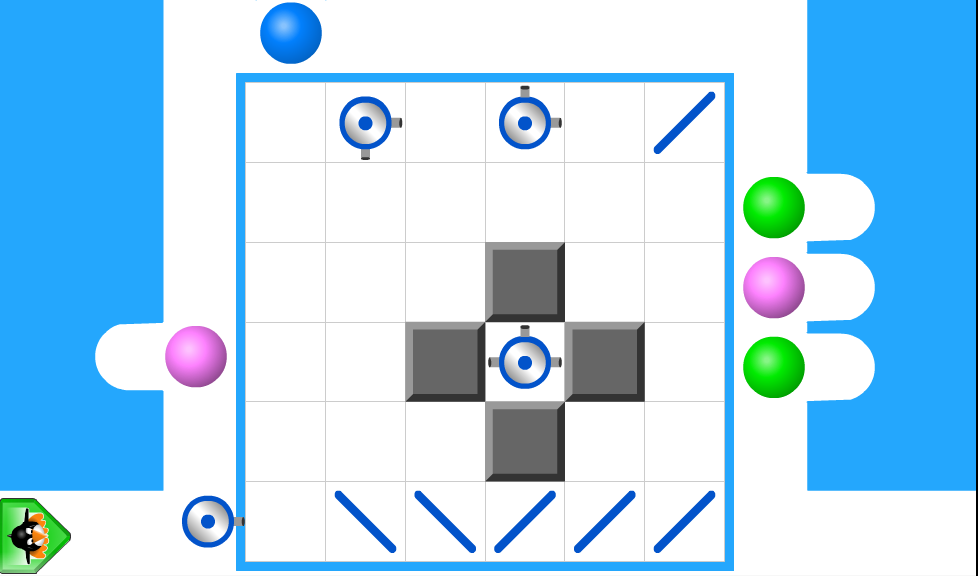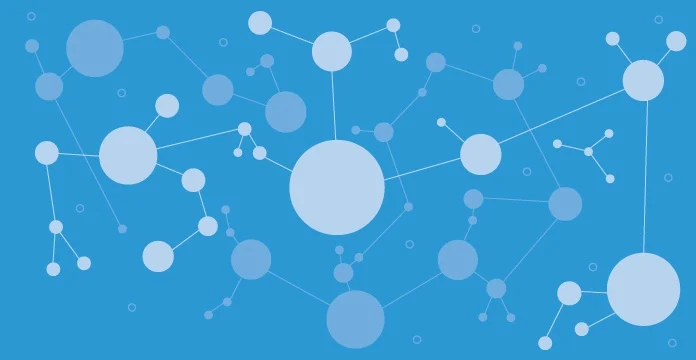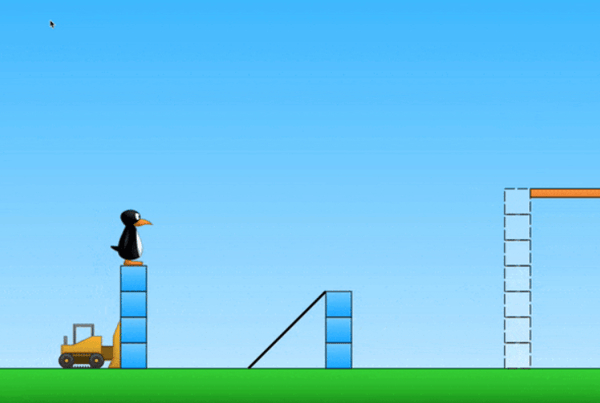In some instances, research illuminates a topic and changes our existing beliefs. For example, here’s a post that challenges the myth of preferred learning styles. Other times, you might hear about a study and say, “Well, of course that’s true!” This might be one of those moments.
Last year, Dr. Karlsson Wirebring and fellow researchers published a study that supports what many educators and parents have already suspected: students learn better when they figure things out on their own, as compared to being told what to do.
The Study: Algorithmic vs. Creative Reasoning
The researchers compared two different methods of solving math problems to see which method “most efficiently promotes mathematical learning.” They brought in 73 young-adult participants and split them into two groups—the Algorithmic Reasoning group and the Creative Mathematically Founded Reasoning group, which we’ll just call the Creative group.
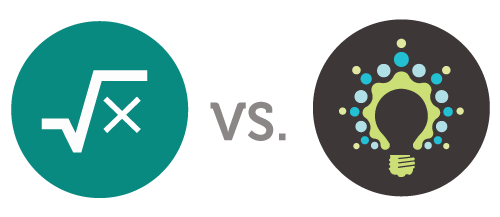
In the first session of the study, both groups were presented with the same math problem, but the Algorithmic group received suggested methods for solving the problem—in other words a formula, explanation or steps to follow. The participants in the Creative group, however, were asked to find their own solution. Both groups then worked on other similar problems in the same manner, with the Algorithmic group still receiving guidance on every problem.
Six days later, participants were brought back in for a test session in which they were asked to solve structurally identical math problems to those they had solved earlier. The goal of this second session was to test whether Algorithmic or Creative Reasoning results in more efficient mathematical learning. During this session, researchers also recorded participants’ brain activity using functional Magnetic Resonance Imaging (fMRI).
The Results: More Correct Answers (with Less Effort)
Despite not receiving explicit instructions or solution methods, the Creative group had 10% more correct solutions in the second session. Both groups spent an equal amount of time on the problems; and both groups were comparable in key areas such as mathematics grades and a measure of intelligence, suggesting that the advantage of the Creative group is likely the result of the particular style in which they solved the similar math problems six days earlier.
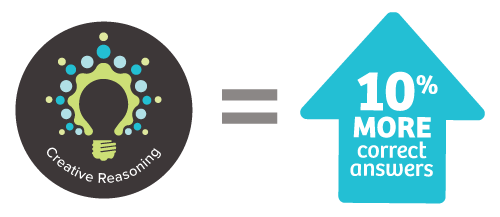
Interestingly, even though the Creative group solved problems at a higher rate, the brain imaging data revealed that this group showed less brain activity in an area called the angular gyrus. Why would they show less and not more brain activity? The researchers tentatively assume that this finding emerged because participants in the Creative group could access their memory of a solution with more ease than those in the Algorithmic group.
Researchers found another area in the brain that was again less active in the Creative group compared to the Algorithmic group: an area located in the frontal cortex that is often involved in tasks requiring working memory (the ability to hold information in our mind for a limited period of time and manipulate it). Again, the authors tentatively suggest that the participants in the Creative group needed to engage less working memory during the second session as compared to the Algorithmic group.
What could be the reasons for this difference between the two groups’ brain activity and performance in solving problems? At the moment there is no clear answer, but there are several ideas that future research will have to investigate in more detail. For example, it is possible that self-generating a solution method is more effortful, which could lead to a deeper memory trace that is then easier to recall in the long term.
Takeaway: Productive Struggle Makes Learning Stick
This study showed a significant advantage of figuring out the solution of a math problem by oneself compared to learning from a provided formula. What can math educators take away from this? One critical aspect of the experiment involved participants having to struggle with math in a productive way. Solving math problems like the Creative group may result in a stronger emphasis on learning concepts, in contrast to approaches that are procedurally guided.
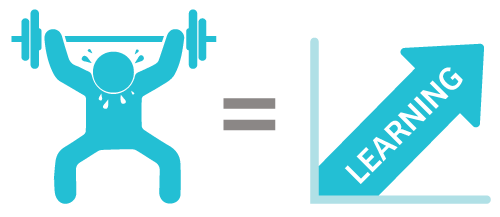
In fact, it has been argued that “struggle” is necessary for the development of conceptual understanding. However, educators now have the challenge to craft learning experiences that allow students to struggle productively and self-generate solutions, while not posing obstacles so insurmountable that students lose motivation or interest.

